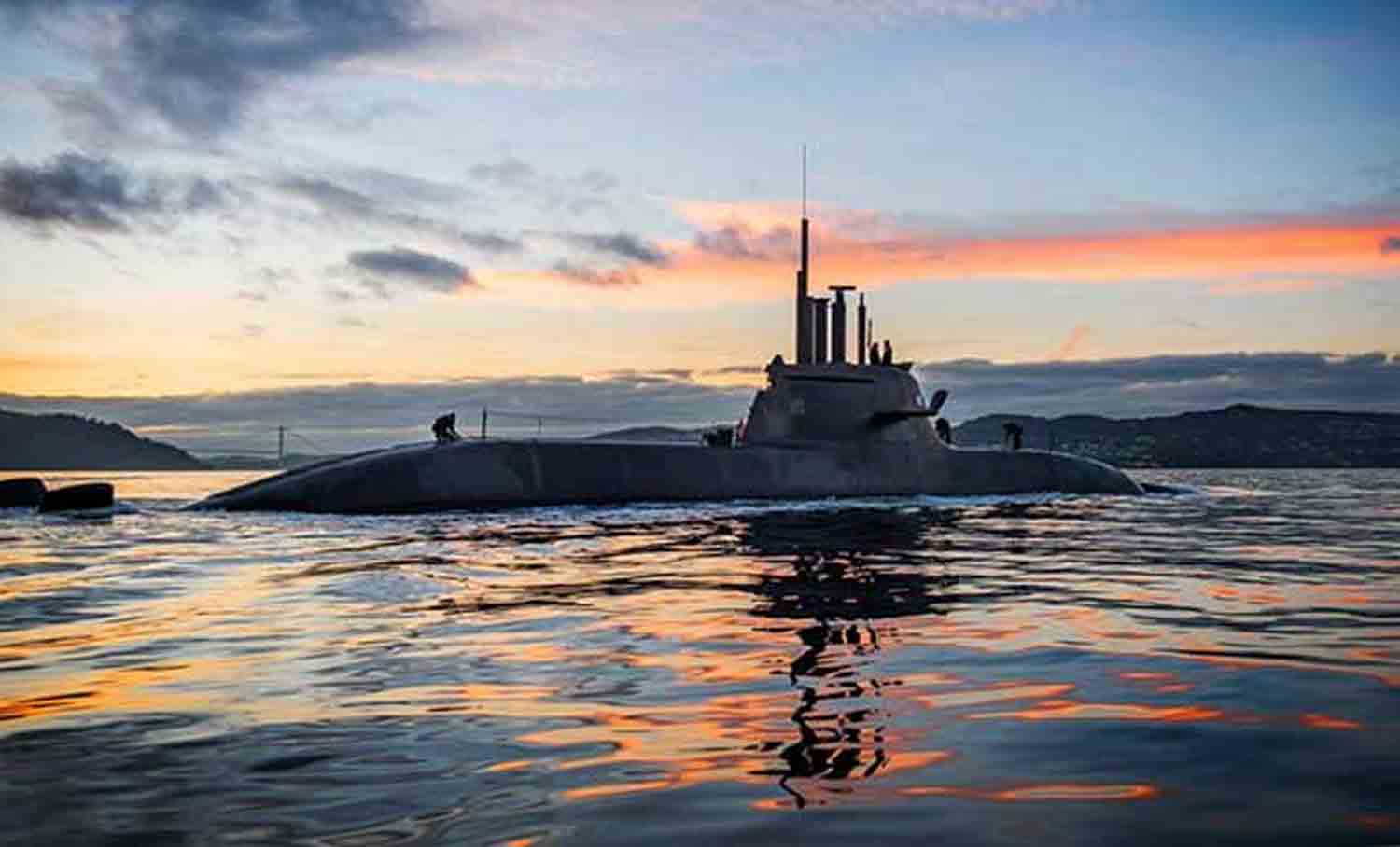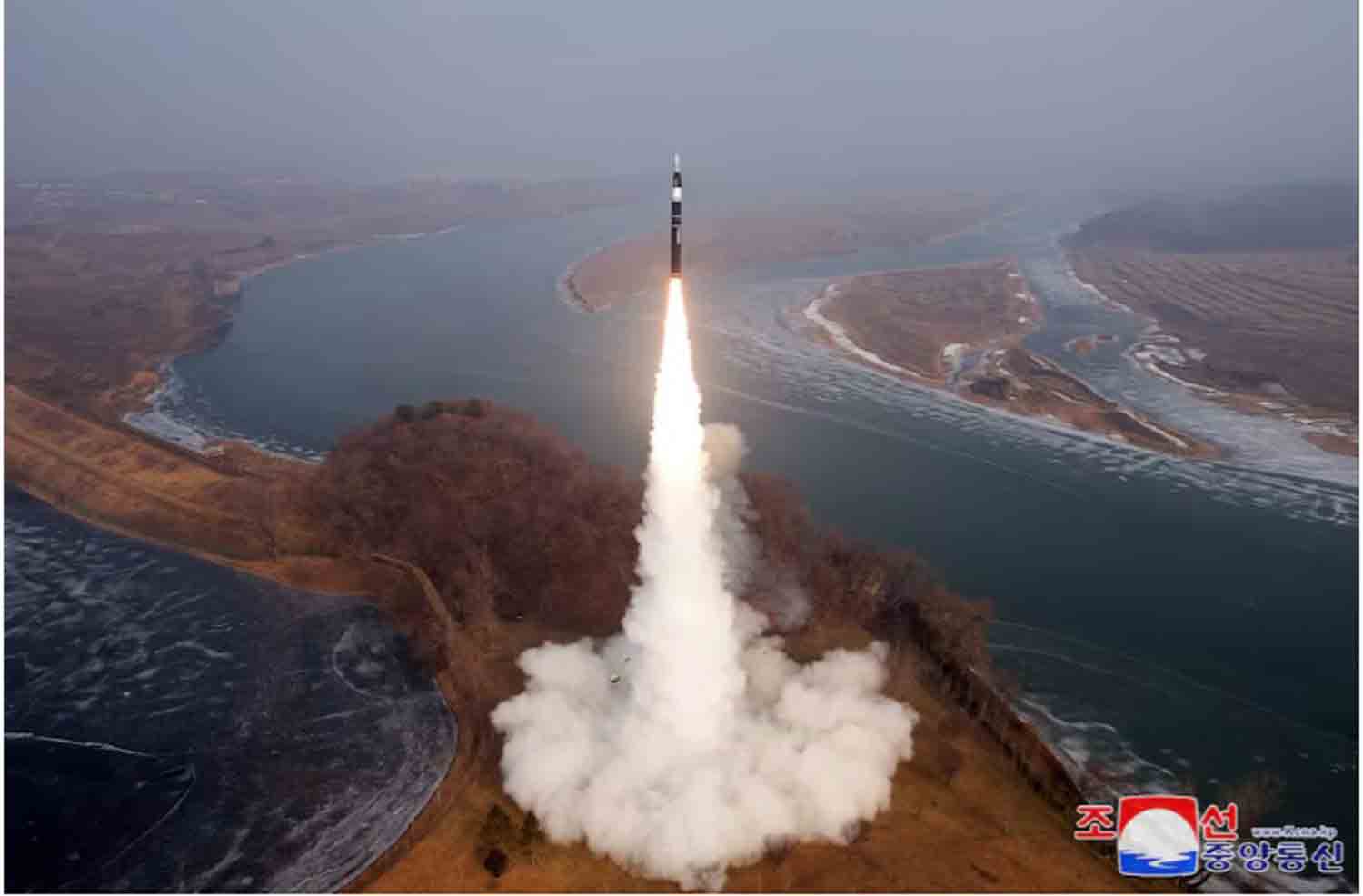The Argentine Navy is considering the acquisition of three new German-made 209NG submarines, backed by a financial guarantee from Berlin estimated at around $4.3 billion, as reported by sources to Reuters. Insiders suggest that long-term loans would be beneficial for the financially challenged Argentine fleet.
In addition to Germany, France, along with its domestic manufacturer, is also expected to present a comparable offer to Argentina, which includes French Scorpène-class submarines, according to reports.
Germany’s proposal encompasses not only the construction and delivery of the submarines but also training for the crew and provision of spare parts. It has been reported that the German shipbuilder TKMS is already in direct negotiations with the Argentine Navy.
The Type 209 submarines, along with their upgraded 209NG variant, are recognized as some of the most successful conventional submarines produced by Germany for export. While they share core characteristics, they differ significantly in technology, capabilities, and combat performance.
Developed by Howaldtswerke-Deutsche Werft (HDW) in the 1970s, the Type 209 class set a standard for diesel-electric submarines intended for export. Various versions have been produced, with displacements ranging from 1,100 to 1,850 tons, tailored to meet specific modifications and customer needs.
Key advantages of these submarines include excellent autonomy, high maneuverability, and the capability to operate in both coastal and deep-sea environments. Equipped with torpedoes and the ability to launch anti-ship missiles, they are currently in service with several nations, including Turkey, Greece, South Korea, Argentina, and Brazil.
The 209NG, which signifies “Next Generation,” represents a comprehensive modernization of the classic submarine series. Its primary distinction lies in the incorporation of cutting-edge technologies that enhance stealth, electronic systems, and armament.
A key advancement is the possible inclusion of an Air-Independent Propulsion (AIP) system, which greatly prolongs the duration a submarine can stay submerged without needing to surface for battery recharging.
With upgraded sonar systems, automated combat capabilities, and a quieter propulsion mechanism, the 209NG is significantly more difficult to detect than its predecessor.
The design of the 209NG has been refined for improved hydrodynamics and a lower acoustic signature. Furthermore, this new iteration boasts advanced weaponry and communication systems, facilitating integration with other naval assets.
While the original Type 209 continues to serve as the foundation for numerous naval forces globally, the next-generation 209NG provides markedly enhanced capabilities suited to contemporary underwater combat needs. Germany plays a vital role as a supplier of advanced submarines to allied nations, and the development of the 209NG highlights the country’s dedication to innovation in naval defense.
At present, the Argentine Navy lacks operational submarines, having decommissioned its last two Type 209/1400-class submarines in 2020, which has left the fleet without underwater operational capacity.
The disappearance of the submarine ARA San Juan during a routine mission in November 2017, resulting in the tragic loss of all 44 crew members, emphasized the critical need for the modernization and renewal of Argentina’s submarine fleet.
In light of this situation, Argentine President Javier Milei announced in November 2024 the intention to acquire three Scorpène-class submarines and four patrol vessels from France. These discussions aim to restore the nation’s submarine capabilities and bolster its naval defense.
The ongoing negotiations surrounding the Scorpène class submarines are significant; however, the inclusion of 209NG-class submarines could further bolster the operational capabilities of the Argentine Navy. Featuring advanced technology and the option for Air-Independent Propulsion (AIP) systems, the 209NG class provides enhanced underwater endurance and a minimized acoustic signature.
This advancement would enable the Argentine Navy to undertake longer and more discreet missions, thereby strengthening its capacity to oversee and safeguard its extensive exclusive economic zone.
Revitalizing the submarine fleet is essential for Argentina, considering its 5,000-kilometer coastline and strategic interests in the South Atlantic. Investing in modern submarines like the 209NG would equip the nation with vital resources for effective surveillance, protection of maritime assets, and enhancement of national security.
The HDW Type 209/1400mod submarine, commonly referred to as the 209NG (“Next Generation”), represents an upgraded iteration of the established Type 209 class, developed by thyssenkrupp Marine Systems of Germany. This submarine is engineered for a variety of missions, integrating dependable technologies, formidable combat capabilities, extended underwater range, high underwater speed, low noise emissions, and superior maneuverability.
With a length of approximately 62 meters and a pressure hull diameter of about 6.2 meters, the 209/1400mod has a surfaced displacement of roughly 1,450 tons and a height, including the conning tower, of around 12.5 meters. The crew comprises 30 members, ensuring the effective operation and maintenance of onboard systems.
The submarine is armed with eight torpedo tubes, providing the flexibility to load a mix of torpedoes, missiles, and mines, which allows it to adapt to different combat situations. It features a sophisticated sonar system, including low-frequency detection capabilities, enhancing its long-range target detection. The integrated weapons and combat management system ensures effective command and control during missions.
Due to its modular architecture, the 209/1400mod can be customized with various systems based on client specifications. This includes the option to incorporate an Air-Independent Propulsion (AIP) system, which significantly extends the duration the submarine can operate submerged without needing to surface for battery recharging. This capability improves stealth and overall operational efficiency.
The HDW Type 209/1400mod is engineered to perform a broad spectrum of missions, such as maritime deterrence, sea control, surveillance, intelligence gathering, and special operations. Its low acoustic signature and advanced sensor technologies make it challenging to detect, providing a strategic advantage in contemporary submarine warfare.
In conclusion, the HDW Type 209/1400mod exemplifies a modern submarine characterized by high adaptability and cutting-edge technologies, capable of executing a variety of missions across different operational contexts.
Discover more from Defence Talks | Defense News Hub, Military Updates, Security Insights
Subscribe to get the latest posts sent to your email.





